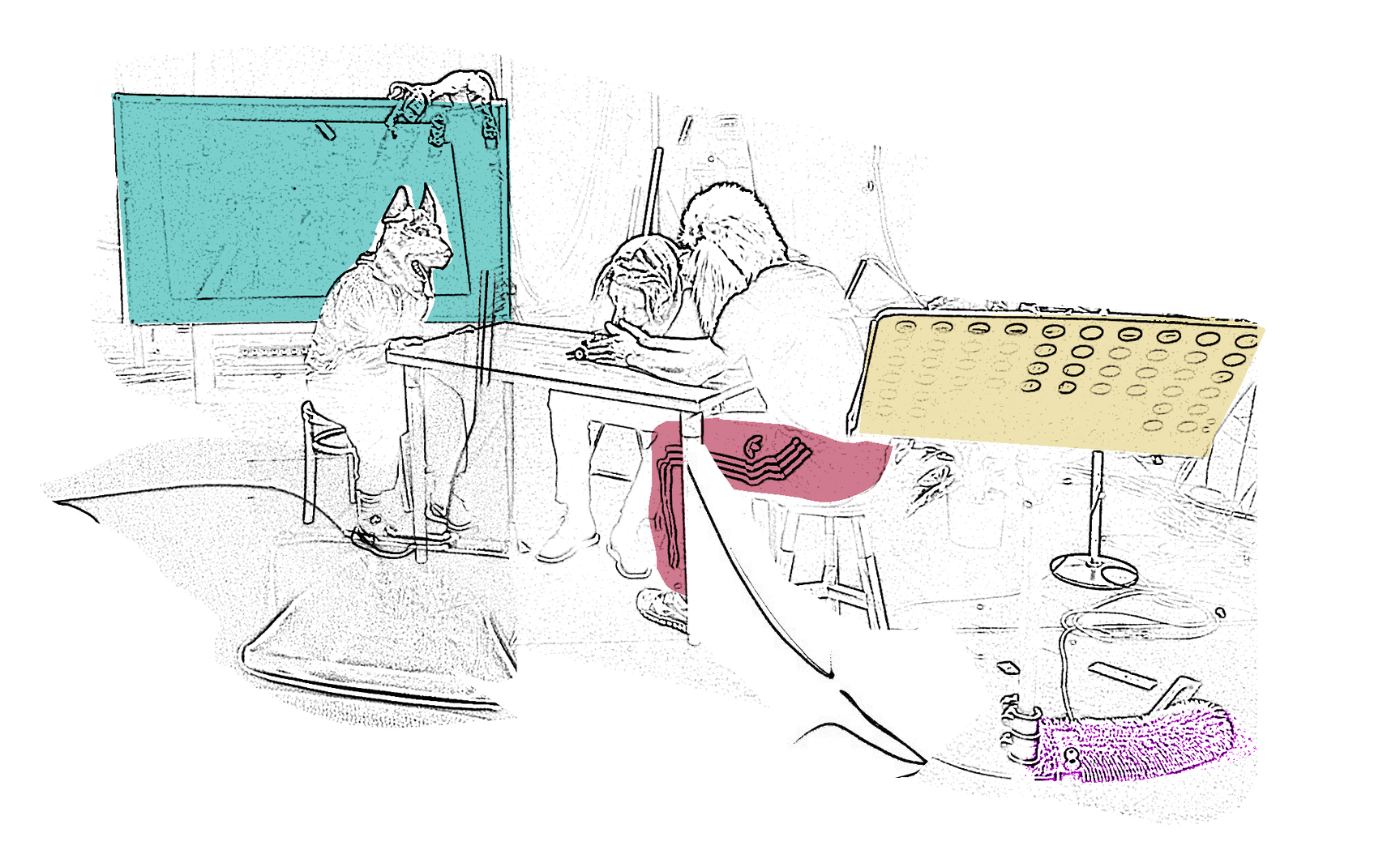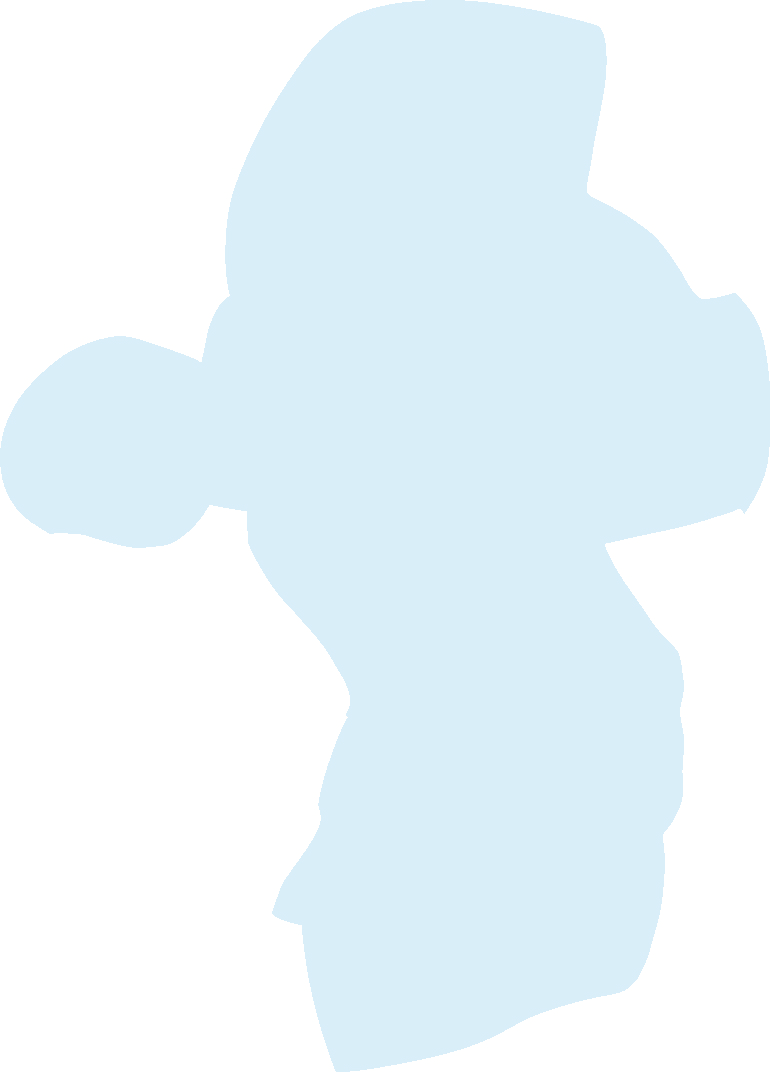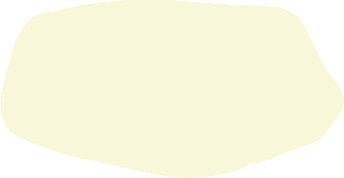Table of contents:
Introduction: A Concern for the Welfare System
I. From Discourse to Narrative
II. Juxtaposing Temporal Structures
III. The Script as Event Score
IV. The Dramaturgical Function of the Music
V. Circulating the Artistic Decision Making
Epilogue: Death to The Welfare State
About the authors / References
III. The Script as Event Score
The Storyteller: The small farm had managed to avoid quarrels with other villages and at the same time became a farm that said what it thought about how others behaved. They called the leaders of the other farms the murderers of Satan and the cattle of the dictatorship. This could be done because all animals were equal and everyone had been allowed to come along. But all was not peace and joy. Because even though the animals probably liked their farm, there was a great hatred for the old dog. Hatred was widespread: the horses, the chickens and the geese. Everyone disliked the dogs’ ‘model for a small farm’ and above all it was the old dog’s way of tending the farm that they disliked the most. (Dahlqvist 2018, our translation)
When starting the production we had the idea of combining George Orwell’s novel with the political speeches and a rough idea of a musical structure. In our first meeting with the choreographer we talked about the general idea of the performance and our ambitions to blend the different expressions. We were curious about what she wanted to do artistically. It was a productive meeting that gave some further ideas. Shortly after she agreed to join the project, a rough draft of the dramaturgy – including the early ideas of music and ideas of movements that came from our first meeting – was shared between us with an invitation to comment, and to propose changes to the structure:
As you can see I have tried to start making a form structure for the performance based on the conversation we had last meeting. Lidia, [please respond on what you think of the places] where movement parts come in, if there is stuff that makes no sense, or if there are better solutions. Kent. Maybe, we can start talking about a musical form with this in mind? The structure that I've done is still open and flexible and will surely change, but it's a draft that we can use as a point of departure. I'm still writing, so there will be more text but I have a pretty clear idea [on what to do] so there will be a ”complete[d]” script in just a few days. (Personal correspondence from Jörgen Dahlqvist to Lidia Wos and Kent Olofsson, 15 February, 2018)
However, the promise of a completed script was not fulfilled. Rather, the script became a container where ideas of representation were added during the whole production process. As the following example from the script shows, ideas of the staging and who would be performing were also added. (ex. part 1-1)
The Storyteller: Once upon a time there was a small farm. [...] This story is set at a time when big changes are taking place on the farm. [...] Now that they have established equal and universal suffrage – not only for stallions, boars and roosters, but also for female dogs, mares, sows and hens, but for everyone – they begin the arduous task of organising life on their nice little farm. [...] The animals have begun to create a ‘model for a small farm’.
Movement duo, performed by Lidia and Camille
The dog enters during the movement duo
The dog: The welfare state. What does that mean?
(Dahlqvist 2018, our translation)
Due to our other undertakings, we had to work somewhat separately when starting to produce material. Through short meetings and e-mails we informed each other about how far we had come in the rehearsals:
Kent and I are working hard to organise the production. [...] We've been rehearsing with the actors and Kent has been rehearsing with Lise [...] He is mixing [the music] so we will be working on that this week. We will also have a lot of live video, so we have started working on that during the past week, and will continue during this week. There is also a mock-up of what the stage will look like. [You can rehearse here] on Tuesday and Wednesday. (Personal correspondence from Jörgen Dahlqvist to Lidia Wos and Kent Olofsson, 11 March, 2018)
Some weeks into the rehearsal process, we started to arrange rehearsals where the artists attended. These sessions were really valuable for integrating the different art forms. It was also an occasion to present material to each other in the rehearsal space with the ambition of blending expressions. This process was experimental and playful at the same time. Often the choreographer presented ideas for movements, and asked if any of the actors would like to join. When a concrete idea emerged from these sessions, we discussed where in the structure the idea would fit and when this was decided, the artists involved were responsible for adapting the idea to the narrative and to plan for the rehearsal.
As it was important for us that no art form should dominate over another, we also decided that we would create specific situations where all artists would participate, and where they would do what they don't normally do. For the actors and musicians that meant being part of a choreography and for the dancers it meant performing a text. How this would happen was not predetermined beforehand. However, by letting these situations revolve around the most emotional scene of the performance, the murder of the old dog, it directed how the scenes and texts were to be performed. (ex. part 3-2)
Collective movement (everyone participates in a ‘system choreography’)
The old dog is killed
Reactions – These are performed live (by everyone)
(Dahlqvist 2018, Our translation)
Based on what was described as a system choreography, which basically meant that all artists were given tasks to perform on stage as well as instructions about how these tasks were to be performed, allowing everyone to participate regardless of their prior knowledge and abilities. The result became the representation of a society in flux. In the midst of all this chaos we staged the murder of the old dog and everything became quiet. The death of the dog was then followed by condolences. The script was used here as a tool to situate all of the artists in the situation, and also guided the choreography and the writing.
The same system was used for the musical compositions in the performance. The script had the function of a kind of overarching musical score so everyone could remember when the different songs appeared in the performance. It could also describe how different media interacted as well as transitions from songs into soundscapes (ex. part 1-2):
The beat stops. Video of demonstrations et cetera.
Music: Nicklas
Soundscape: Lise
(Ibid.)
Through this system it also became possible to pinpoint different artists as responsible for specific parts. (In the next section we will elaborate more on the compositional process and how it was integrated with the dramaturgical structure.)
The document with all the different texts and events changed all the way up to the premiere. A few days before the public performances the storytelling sections were revised. Not until then was the script completed.
PART 3-1
The script became a tool to collect text, different ideas for the staging and where and how the music should be presented. In this section, the different expressions are interconnected: the sonic texture morphs into a monologue which in turn transforms into the system choreography discussed in the text.




